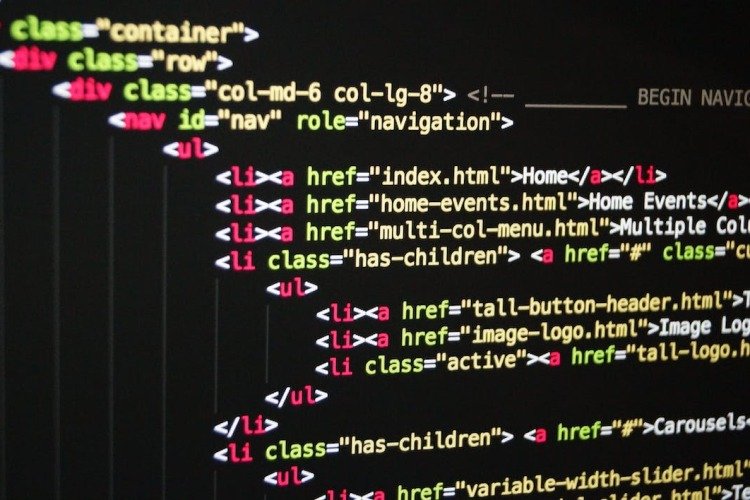Blockchain APIs: TON and Monero

Long used by developers to facilitate the software engineering process, Application Programming Interfaces (APIs) have emerged as a transformative force, bridging the gap between decentralized applications (dApps) and blockchain nodes.
As we delve into the intricacies of Monero and TON API, this article embarks on a journey to unravel the unique capabilities of these networks. Let’s explore the vital role Application Programming Interfaces play in empowering developers to seamlessly interact with cutting-edge protocols.
Demystifying APIs
In the intricate world of software, the Application Programming Interface, or API, serves as a sophisticated bridge, abstracting layers and streamlining implementation complexities. Essentially, an API allows developers to access and interact with another application without delving into its intricate source code.
For years, software developers have harnessed the power of APIs to expedite development. Today, these interfaces stand as the perfect conduit for dApps to communicate seamlessly with crypto nodes.
APIs Paving the Way in Blockchain Development
Node clients serving various cryptocurrency networks support RPC API connections that act as the gateway, authorizing crypto-based applications to both read essential blockchain data and dispatch updates to the network. This connectivity can be seamlessly configured through a self-hosted node or via RPC endpoints facilitated by Web3 infrastructure services.
APIs empower developers to unlock decentralized functionality with some notable use cases including submitting transactions to the chain, accessing blockchain data as a comprehensive database, and conducting on-chain data analysis.
Consider a practical example of using Monero API: querying the GetBlock node to fetch a mempool using the JSON-RPC method and a get_txpool_backlog command.

In essence, Monero APIs and Application Programming Interfaces in general are not just tools but catalysts for innovation in the dynamic landscape of software development and blockchain integration.
Moreover, forward-thinking companies entrenched in crypto have recently opened up their APIs to developers, ushering in a new era where this in-demand technology is finding versatile applications.
What is TON API?
The Open Network (TON) stands as a groundbreaking blockchain, designed to provide a scalable and efficient platform for decentralized applications. TON’s architecture is characterized by its commitment to speed, security, and flexibility, making it an attractive choice for developers seeking innovation in the decentralized space.
As of November 2023, TON has etched its name in history, surpassing the 100,000 transactions per second (TPS) mark, solidifying its position as the frontrunner among protocols.
TON API facilitates the effortless incorporation of TON protocol functionalities into dApps, acting as the bridge between the respective blockchain and developers.
GetBlock, a trailblazing API provider for dApp developers, offers access to its TON API, enabling users to save time and resources on setting up and maintaining a TON node. Beyond that, GetBlock supports 50+ other networks, including Ethereum, Polygon, BNB Chain, Sui, Tron, and more.
To integrate the TON API into your project, simply create a free account with GetBlock. Choose the API type that suits your application—whether testing on shared nodes for a realistic blockchain simulation or opting for dedicated nodes with a custom TON API for more tailored requirements.
Select your preferred API interface—JSON-RPC, REST, or WebSockets—and customize node locations. GetBlock ensures a superior user experience, 100% availability, and robust customer support for seamless connection to TON API nodes, providing developers with unparalleled ease and reliability.
What is Monero API?
The Monero blockchain, recognized for its commitment to privacy and security, is renowned for its untraceable and confidential transactions. The decentralized platform prioritizes user anonymity by employing advanced cryptographic techniques to ensure private, untraceable transactions.
TON APIs aside, developers can also leverage Monero API by GetBlock to interact with the blockchain without the need to manage a node. Here’s how it works: upon signing up on the platform, users are provided with access tokens to both shared and dedicated infrastructure. By integrating RPC URLs into an app’s codebase, developers can deploy apps in testnet or mainnet, finding a gateway to over 50 networks.
Registered users on GetBlock enjoy the added benefit of 40,000 free daily requests for every supported blockchain, including Monero. This service ensures cost-effective and efficient development, enabling developers to explore the full potential of various protocols in their apps.
In Conclusion
API becomes a driving force for onboarding companies and individuals into crypto-based product and service development by not only hosting a dedicated node for a specific blockchain but also connecting to remote nodes provided by Web3 infrastructure services. TON and Monero APIs stand as a testament that software engineers are offered an opportunity to tap into the world of blockchain with unparalleled development speeds and flexibility to choose between protocols and methods of connecting to them.